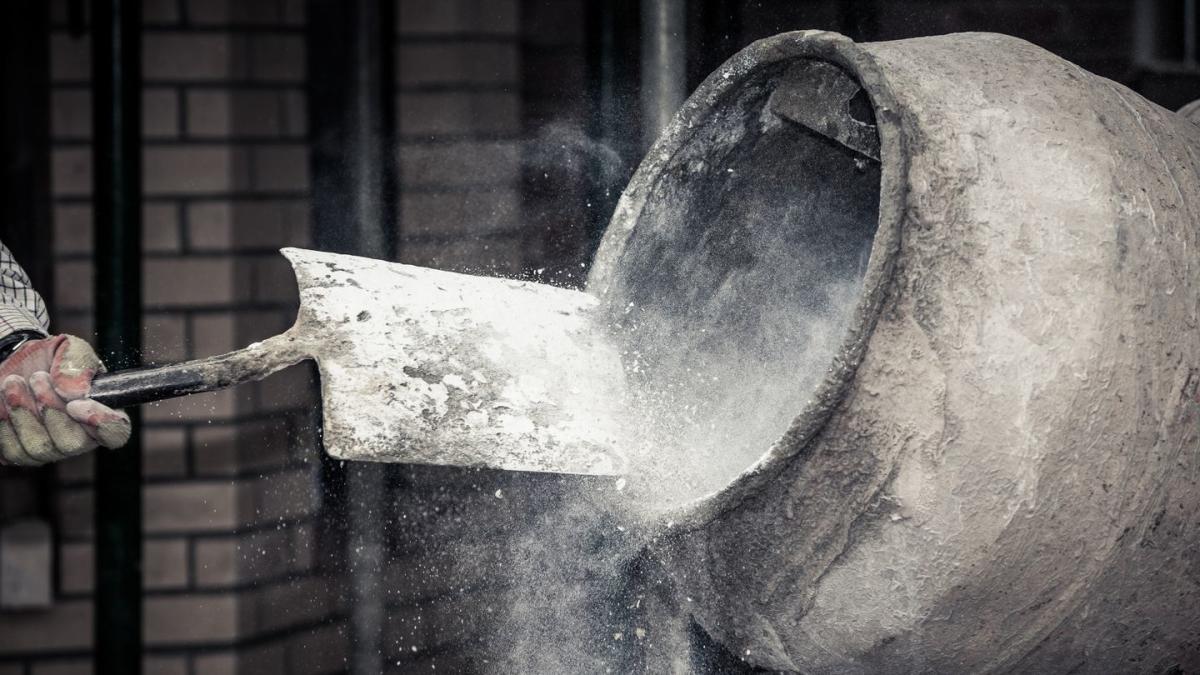-
Although the modern world is built with cement, its creation is one of the largest emitters of greenhouse gases. Therefore, it is of utmost importance to find ways to improve its durability and safety.
-
In a new study from Princeton University, scientists turned to the humble oyster and its iridescent composite mother-of-pearl for design inspiration.
-
By matching the properties of mother of pearl at a microscopic level, the researchers were able to increase the toughness of cement by about 17 times, compared to a cement block alone.
Scientists are always looking for ways to make inherently brittle materials, such as concrete or ceramics, stronger, safer and more durable. This time they found inspiration in one of the most unlikely places: the extra-durable shells of oysters.
Once again, Mother Nature takes care of it.
One of the best-known features of these saltwater bivalve molluscs is the iridescent mother-of-pearl of composite material, also known as ‘mother of pearl’, that lines the animal’s inner shell layer. Although this material has long been found in jewelry stores around the world, mother of pearl is also an architectural wonder. It contains microscopic hexagonal ‘tablets’ made from aragonite (one of the most common, naturally occurring forms of calcium carbonate) held together by soft biopolymer, a type of organic glue.
Because the aragonite provides strength and the biopolymer provides flexibility, mother of pearl is incredibly flexible and crack-resistant—so much so that scientists at Princeton University’s Department of Civil and Environmental Engineering wondered whether this mollusc maneuver, honed by half a billion years of evolution, could bring similar benefits to human building materials. The results of their research were published in the journal earlier this month Advanced functional materials.
“This synergy between the hard and soft components is crucial for the remarkable mechanical properties of mother of pearl,” Shashank Gupta, co-author of the study and graduate student at Princeton, said in a press statement. “If we can engineer concrete to prevent the spread of cracks, we can make it stronger, safer and more durable.”
To achieve this lofty goal, Gupta’s team fabricated three types of multi-layer material beams, alternating cement paste sheets and a thin polymer layer. The first bar consisted of these two ingredients stacked on top of each other, but the other two bars were slightly different. The first had hexagonal grooves in the cement paste, while the second cut the cement completely, forming hexagonal plates or ‘tablets’. All three beams were compared to a cast cement paste reference beam (i.e. no polymer layers or hexagonal markings at all).
The resulting experiments proved that although the reference beam was brittle with no ductility, all three beams showed significantly increased ductility. And toughness. However, according to the researchers, it was the multi-layered jet with pearlescent hexagonal plates that was most remarkable. By matching the mechanics of microscopic nacre, the beam yielded 17 times greater toughness and 19 times more ductility than the cast cement, while retaining the same strength as the reference beam.
“Our bio-inspired approach is not simply to mimic nature’s microstructure, but to learn from the underlying principles and use them to inform the engineering of man-made materials. One of the key mechanisms that make a mother-of-pearl shell sturdy is the sliding of the tablet at the nanometer level,” said Reza Moini, co-author of the study, in a press statement. “In other words, we deliberately engineer defects into the brittle materials to make them stronger by design.”
Stronger and safer cement would be a boon not only for construction, but also for the health of the planet, as cement production accounts for about 8 percent of global greenhouse gas emissions. But while the study shows promising results for these mother-of-pearl-inspired materials, this multi-layer, hexagonal-plated technique will need some more tweaking before construction companies start trading mortar for molluscs.
You might also like it
